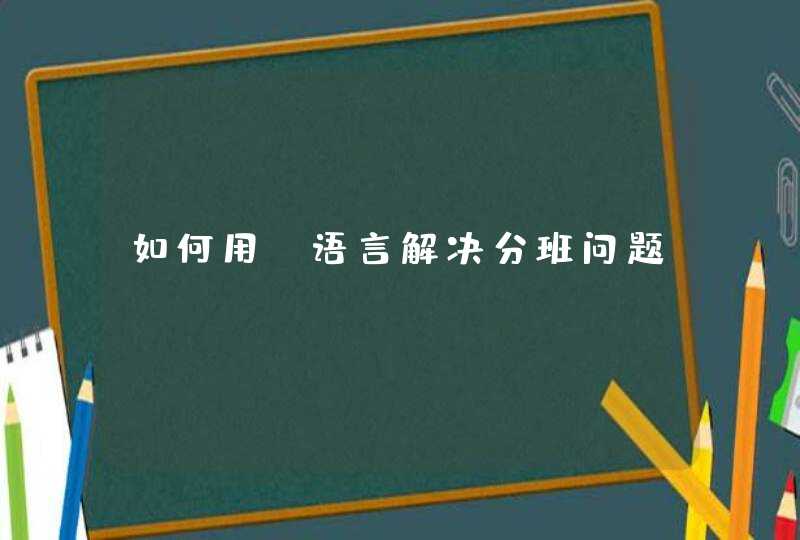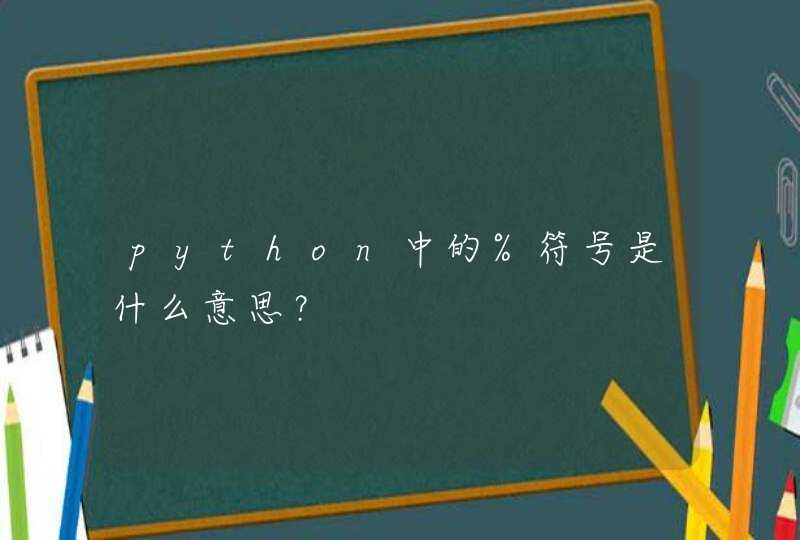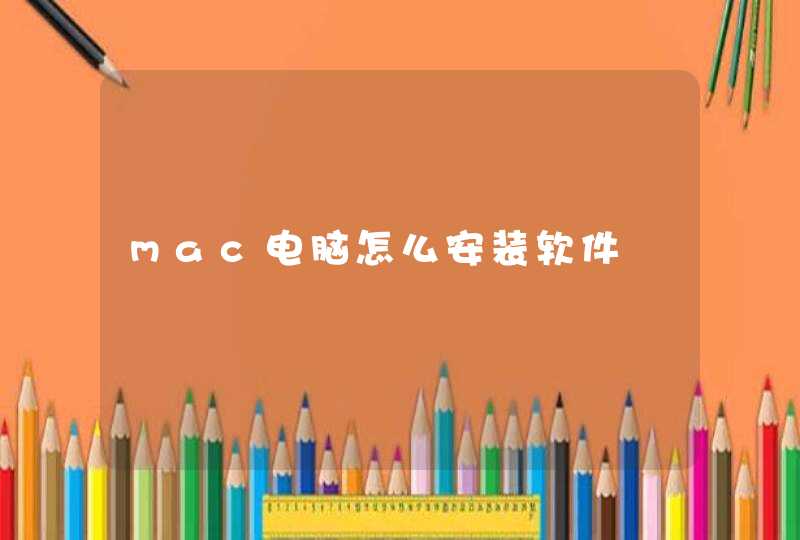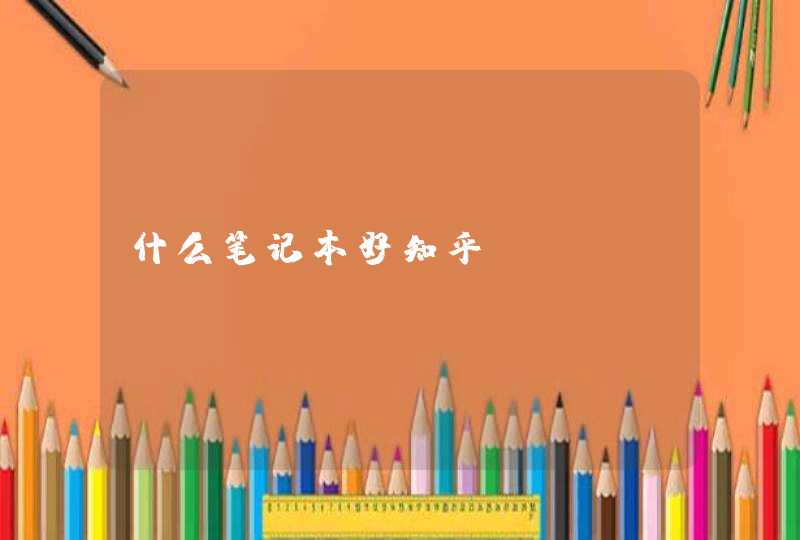
R学老师是一种专业的R语言培训机构,专门提供R语言培训服务,帮助学习者掌握R语言的基础知识及其应用技巧。R学老师拥有丰富的R语言培训经验,能够深入浅出的讲解R语言的基本概念和应用技巧。
大数据培训机构推荐:北京千锋教育、光环大数据、江苏万和计算机培训中心、千锋教育、烟台大数据培训。
1、北京千锋教育
千锋教育开设HTML5前端、Java、Python、全链路设计、云计算、软件测试、大数据、智能物联网、Unity游戏开发、Go语言开发、网络安全、互联网营销学科,并推出软考、Adobe认证、PMP认证、红帽RHCE认证课程,千锋年培养优质人才20000余人,全国同期在校学员8000余人。
2、光环大数据
国内大数据培训机构,光环大数据是专注大数据、人工智能垂直领域高薪就业培训机构,多年来专注大数据人才培养,携18年IT培训经验,与中关村软件园共同建立国家大数据人才培养基地,并与全球知名大厂商cloudera战略合作培养中国大数据高级人才。
3、江苏万和计算机培训中心
创办于1993年,自创办之日起我们就专注于信息服务和培训领域。开展就业培训、认证培训、院校专业共建、企业培训、软件研发与外包(万顺和)等业务。其中企业培训面向政企客户提供专业的一站式IT培训和顾问服务,包括网络技术、开发技术、数据库技术、商业智能(BI)、中间件技术、信息安全、虚拟化技术、云计算及大数据应用等主题的专业化技术服务。
4、千锋教育
千锋深圳大数据培训课程从宏观上讲述了大数据的特点,商业应关系,对不同类型的大数据分析及处理系统、解决方案及行业案例进行剖析和讲解。千锋大数据培训配备科学的大数据学习路线,为学员们提供完整的大数据开发知识体系,其中的主要内容包含Linux&Hadoop生态体系、大数据计算框架体系、云计算体系、机器学习&深度学习。
5、烟台大数据培训
烟台大数据培训进程是一个冗长的阶段,需要人对大数据网络专业的学习有稠密的乐趣,有能力实现大数据专业的学习。整合各部门、单位分散的信息资源,建立全市统一的数据、信息和网络三大平台,实现全市综合数据信息共享,为各级领导科学地决策提供全面、准确、及时、可靠的信息,为部门及县市区的信息化建设提供技术支撑,为城市信息化提供技术标准和业务指导。负责烟台市民卡工程的建设、管理和运营。
我的亲师弟最近也开始学习R语言了,然后师弟每天“师姐,师姐...",“我这个怎么弄...”,“我怎么又报错了...”,“师姐师姐...”...我快被他搞疯了,于是有了这篇文章。
新手在学习R语言的过程中一定会出现各种各种问题,问题多到令人抓耳挠腮。
但其实不要觉得害怕或有打退堂鼓的心里,R的使用,就是不断报错不断找问题的过程。但是出现问题,第一反应一定要是上网搜索,找答案,不要第一时间就问身边的人,错失了思考的过程。生信的学习,其实就是一个漫长的自学过程。
推荐 搜索引擎:必应,必应,必应 !不要再用某度啦拜托!当然如果你能想办法用Google,那当然再好不过了。
搜索能解决百分之九十以上的问题 ,就算解决不了,如果解决不了,可能是因为你的搜索能力还不够高。在这个搜索、尝试解决以及思考的过程,对新学者来说也是一大收获。本身搜索能力的提升就是一个巨大收获。
如果自己尝试了好久,最终实在解决不了,那。。。就再去请教有经验的前辈吧~
其实这种搜索并独立解决问题的思维,我还是在同济大学, 生信大牛刘小乐教授 课题组学到的。刘小乐教授课题组每年都有为期一个月的生信培训,本人有幸学习过一段时间。她们会给很多生信相关的题目给到学员,然后附上一些教学视频,培训的大部分时间,其实就是写作业,自己想方设法找到解决方案的过程。那些大牛师兄师姐们虽然一直在陪伴我们,但是并不会直接告诉我们答案,而是引导我们自己思考,自己去解决。当时真的很崩溃,因为真的啥也不会,怎么搞。一天下来有可能一个问题都答不上来。
但是现在回头想想,我真的获益良多。因为我慢慢学会了独立思考,现在遇到R相关的问题,配合上搜索功能,基本上已经完全能自己驾驭了。
这可能就是“ 授人以鱼不如授人以渔 ”的道理吧。
R语言很简单,只要你想学,就一定能学会。
以下附上同济大学刘小乐课题组在培训时针对初学者第一周的初级练习题。希望对大家有所帮助。
首先你需要先安装几个最常用的数据处理软件
You can use the mean() function to compute the mean of a vector like
so:
However, this does not work if the vector contains NAs:
Please use R documentation to find the mean after excluding NA's (hint: ?mean )
In this question, we will practice data manipulation using a dataset
collected by Francis Galton in 1886 on the heights of parents and their
children. This is a very famous dataset, and Galton used it to come up
with regression and correlation.
The data is available as GaltonFamilies in the HistData package.
Here, we load the data and show the first few rows. To find out more
information about the dataset, use ?GaltonFamilies .
a. Please report the height of the 10th child in the dataset.
b. What is the breakdown of male and female children in the dataset?
c. How many observations are in Galton's dataset? Please answer this
question without consulting the R help.
d. What is the mean height for the 1st child in each family?
e. Create a table showing the mean height for male and female children.
f. What was the average number of children each family had?
g. Convert the children's heights from inches to centimeters and store
it in a column called childHeight_cm in the GaltonFamilies dataset.
Show the first few rows of this dataset.
In the code above, we generate r ngroups groups of r N observations
each. In each group, we have X and Y, where X and Y are independent
normally distributed data and have 0 correlation.
a. Find the correlation between X and Y for each group, and display
the highest correlations.
Hint: since the data is quite large and your code might take a few
moments to run, you can test your code on a subset of the data first
(e.g. you can take the first 100 groups like so):
In general, this is good practice whenever you have a large dataset:
If you are writing new code and it takes a while to run on the whole
dataset, get it to work on a subset first. By running on a subset, you
can iterate faster.
However, please do run your final code on the whole dataset.
b. The highest correlation is around 0.8. Can you explain why we see
such a high correlation when X and Y are supposed to be independent and
thus uncorrelated?
Show a plot of the data for the group that had the highest correlation
you found in Problem 4.
We generate some sample data below. The data is numeric, and has 3
columns: X, Y, Z.
a. Compute the overall correlation between X and Y.
b. Make a plot showing the relationship between X and Y. Comment on
the correlation that you see.
c. Compute the correlations between X and Y for each level of Z.
d. Make a plot showing the relationship between X and Y, but this
time, color the points using the value of Z. Comment on the result,
especially any differences between this plot and the previous plot.





































































